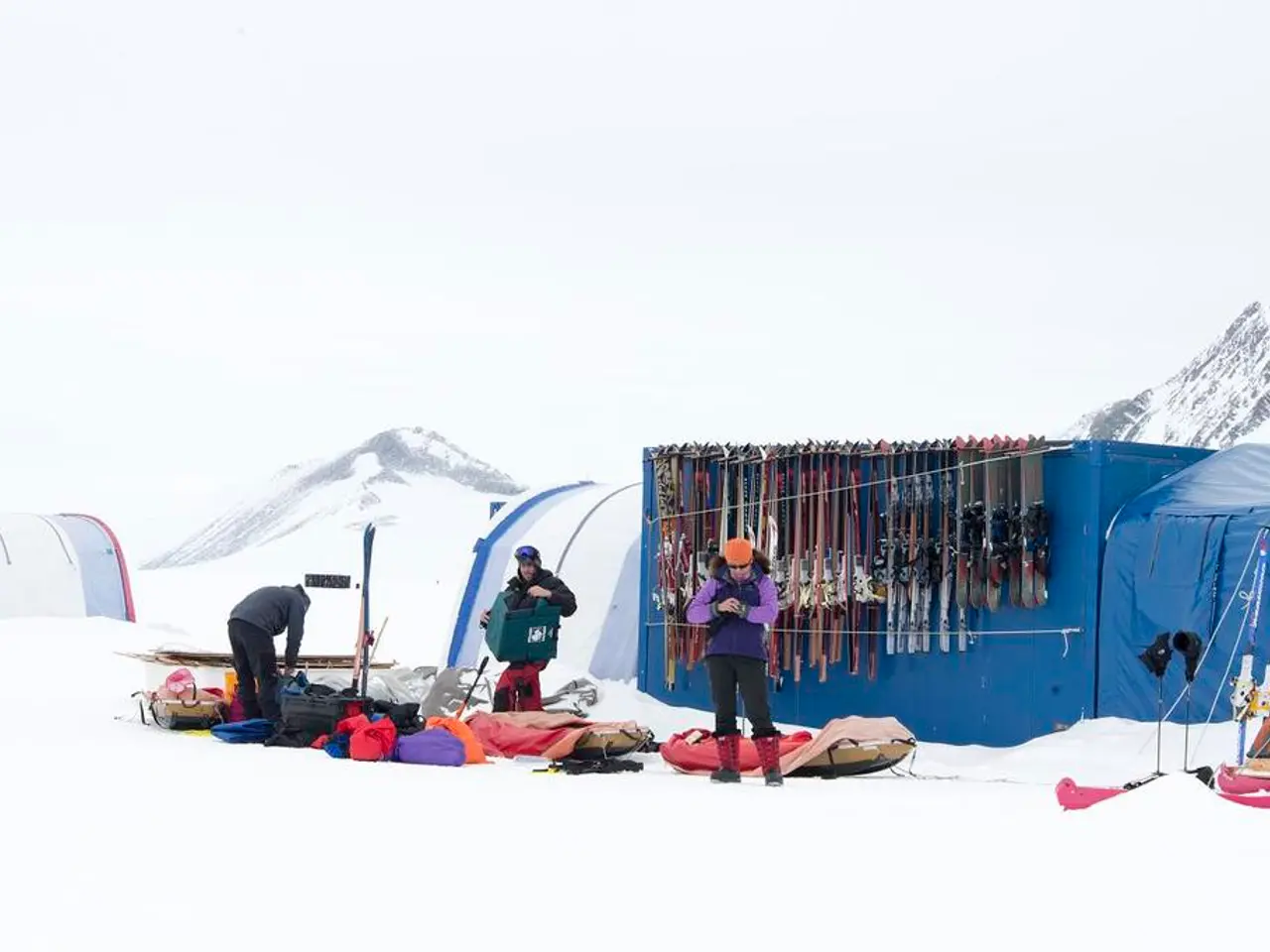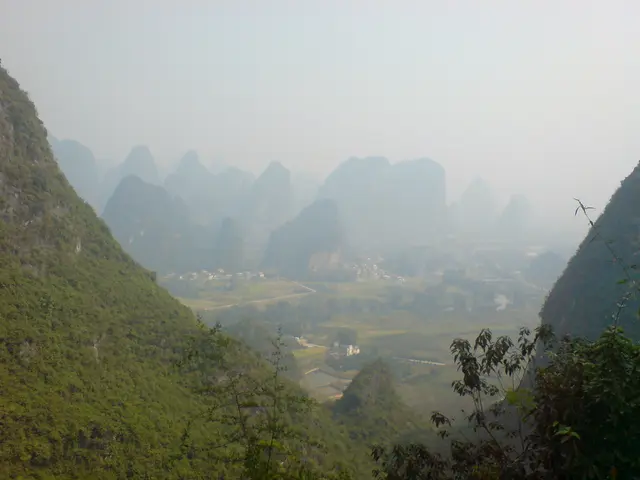Beware of Avalanches in Valley Floors This Springtime
With springtime upon us, New Zealand's picturesque valleys are transforming, but this seasonal change also brings an increased risk of avalanches. To ensure a safe and enjoyable adventure, travellers are advised to take extra precautions when exploring the Southern Alps and other mountainous regions.
Recent reports have highlighted avalanche activity in the Whitcombe River, West Coast, and Tasman Valley, Aoraki/Mt Cook National Park. These incidents underscore the importance of being vigilant and well-informed when planning trips to these areas.
Avalanches are most likely to occur during or within the first 24 hours of a storm, or on the first hot day after a storm. Spring-like westerly fronts are forecast for the next seven days in New Zealand, generating significant precipitation, rising freezing levels, and strong winds. These conditions are expected to trigger several large avalanche cycles, making it crucial for travellers to be aware of the risks and take appropriate safety measures.
To minimise the risks, it is essential to carefully consider campsite choices, paying close attention to what is above. Avoid clearings with no tree cover above or around, and steer clear of runout areas such as gullies, small side streams, or under cliff bands. Likewise, avoid runout zones in the valley floor, especially on the first hot day after a storm.
Before setting off, travellers should check road and weather conditions, especially if self-driving in alpine valleys or passes. Roads can be icy, and avalanche signs may be posted, so staying informed is critical. It is also recommended to bring snow chains and appropriate vehicle equipment for winter/alpine conditions if you plan to drive. Confidence and experience in winter driving are important, but joining a guided tour is safer for those less experienced.
Dressing appropriately for the variable spring weather is also crucial. Wearing waterproof and layered clothing will help manage spring showers and rapid alpine weather changes.
The quieter spring months offer reduced crowding, but this requires more self-sufficiency and awareness of conditions since fewer services may be operational. Travellers should consider visiting during these months, but be prepared for the added challenges.
For those venturing to Milford Sound and nearby alpine roads, which are accessible year-round but pose risks in colder months and spring melt, the emphasis is on careful driving, monitoring avalanche warnings, and bringing snow chains or booking tours if uncomfortable driving yourself.
While specific avalanche safety protocols, such as carrying transceivers or training, are not detailed in the results, these are typical best practices in avalanche-prone mountainous areas and are recommended by New Zealand safety authorities.
In summary, key safety measures are:
1. Check conditions and avalanche warnings before and during your trip. 2. Equip your vehicle for winter-like conditions, including snow chains. 3. Drive cautiously or opt for guided tours if inexperienced. 4. Dress for variable spring weather. 5. Avoid risky routes if warnings are in place.
By adhering to these precautions, travellers can help manage the increased avalanche risk in New Zealand's valleys during spring. For the most up-to-date advice, travellers are encouraged to visit avalanche.net.nz for terrain and travel advice. Stay safe and enjoy the journey!
In the outdoor-living and home-and-garden categories, travellers planning trips to New Zealand's avalanche-prone mountainous regions during spring should prioritize researching and understanding the local weather forecasts, as spring-like westerly fronts can generate significant precipitation and strong winds that increase the likelihood of avalanches. Equipping vehicles with snow chains and appropriate winter/alpine equipment is crucial, as indicated in the sports and travel sections, to ensure safe and enjoyable outdoor-living and home-and-garden adventures. Additionally, applying the key safety measures such as avoiding risky routes, dressing for variable spring weather, driving cautiously, and checking avalanche warnings regularly can help manage the increased avalanche risk and maintain a safe lifestyle in New Zealand's valleys during springtime.








